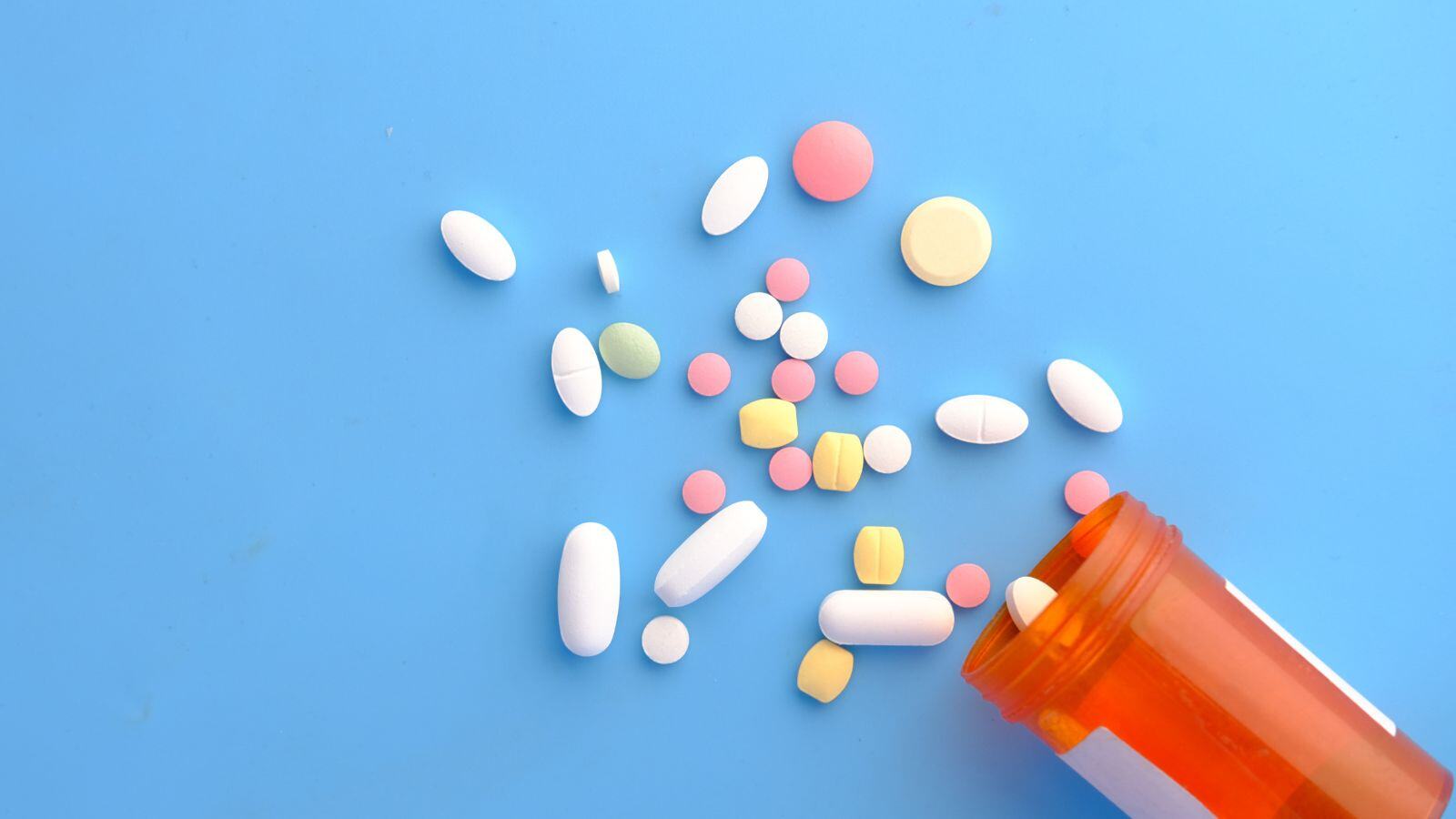The Risk of Benzene Contamination in Drug Products: What Manufacturers Need to Know | QbD Group
3:46
Benzene is a well-documented human carcinogen, and its presence in drug products poses a significant health risk. Benzene contamination can arise from various sources, including inactive ingredients like carbomers (used as thickening agents) and isobutane (used as a spray propellant), as well as other components derived from hydrocarbons. Notably, more than 60% of FDA-approved small molecule drugs contain at least one benzene ring motif, such as acetylsalicylic acid (aspirin) and paracetamol (acetaminophen).
Benzene is primarily used as a solvent in the chemical and pharmaceutical industries, serving as a starting material and intermediate in the synthesis of numerous chemicals. Given its hazardous nature, addressing benzene contamination is crucial, aligning with the requirements of the International Council for Harmonisation’s (ICH) Q3C Guidance. This guidance applies to both active pharmaceutical ingredients (API) and finished pharmaceutical products.
Benzene is primarily used as a solvent in the chemical and pharmaceutical industries, serving as a starting material and intermediate in the synthesis of numerous chemicals. Given its hazardous nature, addressing benzene contamination is crucial, aligning with the requirements of the International Council for Harmonisation’s (ICH) Q3C Guidance. This guidance applies to both active pharmaceutical ingredients (API) and finished pharmaceutical products.
Identifying and Mitigating Sources of Benzene Contamination
Drug manufacturers are encouraged to conduct thorough risk assessments to identify potential sources of benzene contamination and implement appropriate mitigation measures. Ingredients requiring further investigation include:
- Carbomers: Known thickening agents that may introduce benzene contamination.
- Hydrocarbon-based Ingredients: Components derived from or manufactured using benzene.
- Reactive Ingredients: Such as sodium benzoate, an antifungal preservative, which in combination with certain chemicals (like antioxidants) in a drug formulation, may yield benzene under specific conditions.
- Other Potential Contaminants: Any other components that might contain benzene impurities above defined limits must be included in the evaluation.
Regulatory Expectations and Industry Best Practices
In response to these risks, the FDA emphasizes the importance of establishing scientifically sound specifications and testing procedures. These procedures ensure that both active and inactive ingredients, as well as finished drug products, meet the highest quality standards. Key steps include:
- Rigorous Testing of Raw Materials: Ensuring that all raw materials used in drug manufacturing are tested for benzene contamination.
- Batch Testing: Conducting comprehensive testing of finished product batches before release to confirm they meet specified criteria for identity, strength, quality, and purity.
- Adhering to Limits: Where the limit of 2 ppm (parts per million) is exceeded, manufacturers must define further steps, which may include market actions to address potential health risks.
By adhering to these guidelines, manufacturers can help prevent benzene contamination, thereby ensuring the safety and efficacy of their drug products. For further details, refer to the FDA’s alert on the risk of benzene contamination in certain drugs.
Ensuring the safety of pharmaceutical products is a shared responsibility. By proactively identifying and mitigating the risks of benzene contamination, manufacturers can protect public health and maintain compliance with regulatory standards.
Need support?
For comprehensive support in managing benzene contamination risks, consider partnering with QbD Group’s Lab Services. Our expert team provides thorough risk assessments, advanced testing procedures, and customized solutions to ensure your products meet the highest safety and quality standards.
Contact QbD Group today to learn how we can help safeguard your drug products and maintain regulatory compliance. Ensure the highest standards of safety and quality in your pharmaceutical manufacturing process.














